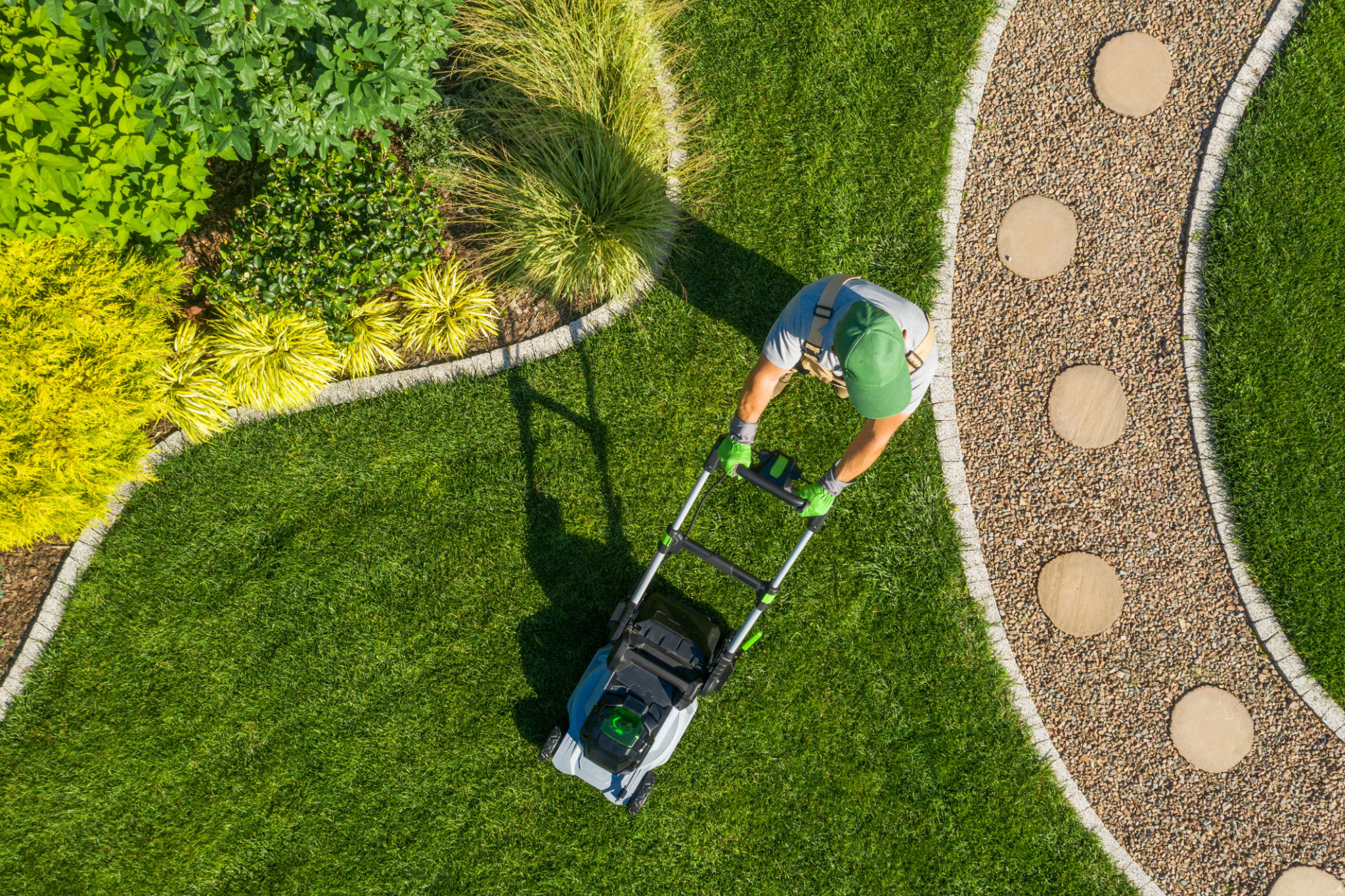Maintenance Guide: Keeping Your Lawn Healthy and Green Year-Round
Understanding Your Lawn's Needs
Maintaining a lush, green lawn year-round starts with understanding what your grass needs. Different types of grasses have specific requirements for sunlight, water, and nutrients. Identifying the type of grass in your lawn is the first step to establishing a successful maintenance routine.
Once you know your grass type, you can tailor your care practices accordingly. For cool-season grasses like Kentucky bluegrass or fescue, focus on fall and spring as the primary growing seasons. Warm-season grasses such as Bermuda or St. Augustine thrive in the heat of summer.

The Importance of Regular Watering
Water is crucial for keeping your lawn healthy. Most lawns need about 1 to 1.5 inches of water per week, either from rainfall or supplemental irrigation. It's best to water deeply and less frequently to encourage deep root growth, which helps your lawn withstand drought conditions.
Early morning is the ideal time to water your lawn, minimizing evaporation and allowing the grass to dry before nightfall, reducing the risk of disease. Consider installing a smart irrigation system that can adjust watering schedules based on weather conditions.
Feeding Your Lawn
Fertilization provides essential nutrients that grass needs to thrive. A balanced fertilizer application in the spring and fall is usually sufficient for most lawns. Use a slow-release fertilizer to provide a steady supply of nutrients over time.
Be mindful of the nitrogen content when selecting fertilizers, as too much nitrogen can lead to rapid growth and increased susceptibility to pests and diseases. Follow the label instructions carefully to avoid over-fertilizing.

Mowing for Health
Mowing is more than just keeping your lawn looking tidy; it's an essential part of lawn health. Mow regularly and keep your mower blades sharp to ensure a clean cut. This minimizes stress on the grass and reduces the risk of disease.
The general rule of thumb is to never cut more than one-third of the grass blade at a time. Adjust your mowing height based on the season and grass type; leaving grass slightly longer in the summer can help it retain moisture.
Pest and Weed Control
Weeds and pests can quickly take over if not managed properly. Regularly inspect your lawn for signs of weeds, insects, or diseases. Early detection makes it easier to control these issues before they become problematic.
Consider using integrated pest management strategies that combine cultural, mechanical, and chemical methods to manage pests and weeds effectively while minimizing environmental impact.

Aeration and Overseeding
Aeration helps relieve soil compaction, allowing air, water, and nutrients to penetrate the grass roots more effectively. This is typically done in the fall or spring. Use a core aerator for best results and follow up with overseeding to fill in bare spots and thicken your lawn.
Overseeding involves spreading new grass seed over your existing lawn, which can improve its density and overall health. Choose a seed mix that matches your current grass type for uniformity.
Seasonal Adjustments
Your lawn care routine should change with the seasons. In winter, minimize foot traffic on frosty grass to prevent damage. In spring, focus on repairing any damage from winter and preparing for the growing season with proper fertilization and mowing practices.
Summer requires diligent watering and possibly adjusting mowing heights to cope with heat stress, while fall is an excellent time for aeration, overseeding, and preparing your lawn for dormancy.

Conclusion
With a bit of knowledge and regular maintenance, you can keep your lawn healthy and green throughout the year. Pay attention to its specific needs and adjust your care routine based on seasonal changes. A well-maintained lawn not only enhances your home's curb appeal but also provides a beautiful outdoor space for enjoyment.
